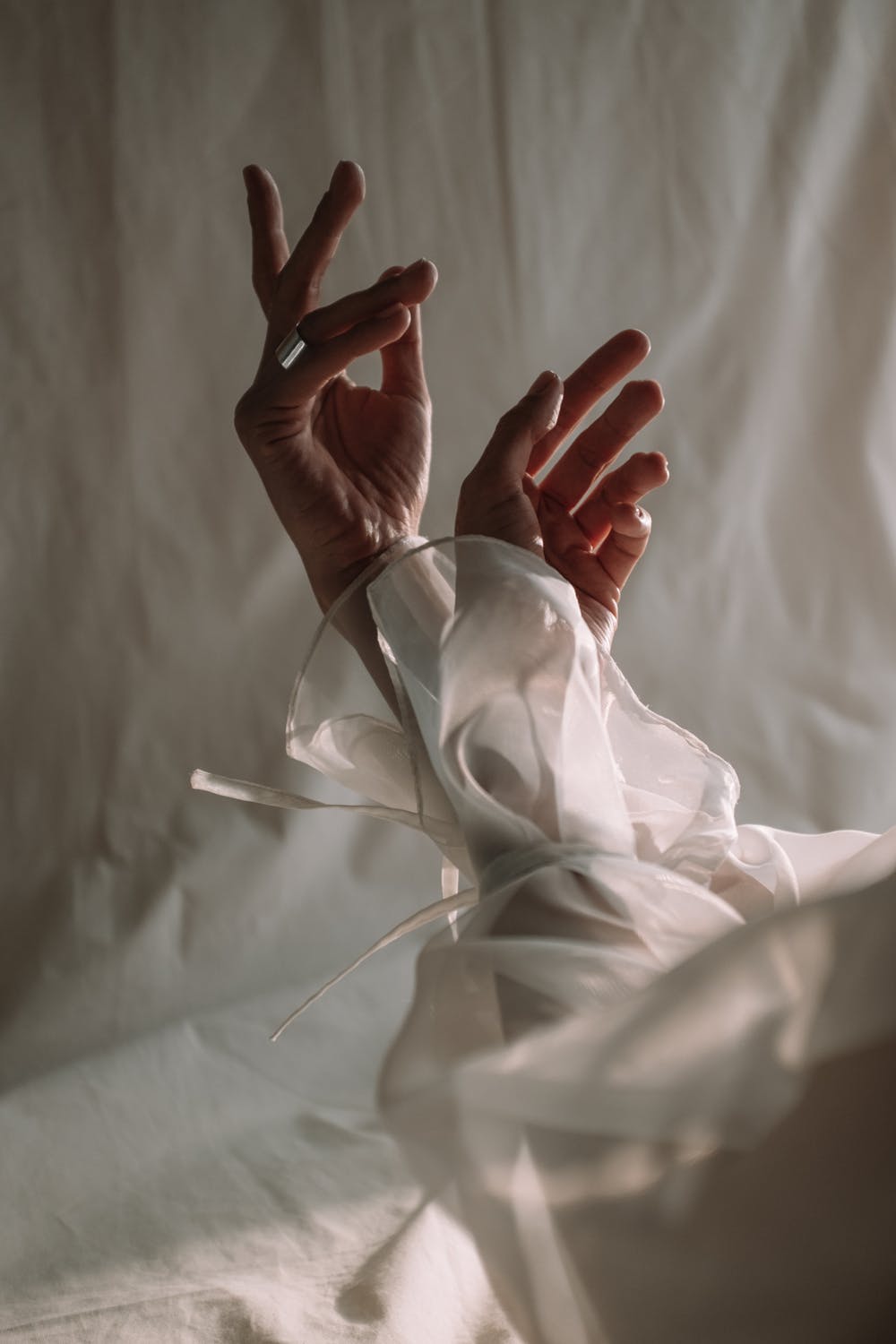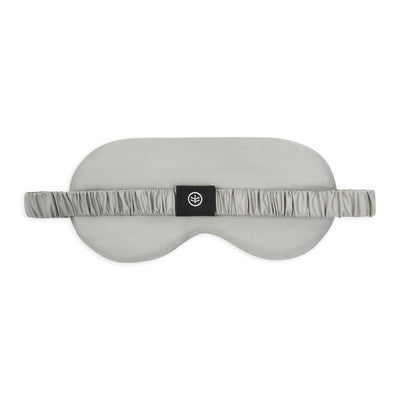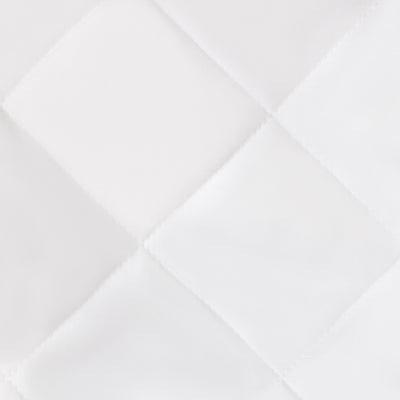Silk is an ancient, natural fibre famous for its unique qualities like luxury, elegance, class and comfort.
It is a natural protein fibre produced by the bombyx mori silkworms.
It is the only natural filament fibre. Filament refers to fibres so long that they are measured in miles or kilometres.
A single filament from one cocoon can measure up to 1,000 metres.
A Brief History of Silk
Silk was discovered accidentally in 2640 BC by a Chinese empress Hsi Ling Shi. It is known that the empress was sipping tea under a mulberry tree when a cocoon of Bombyx mori silkworm fell into her cup.
Since the tea was hot, the cocoon began to loosen the threads. The empress soon developed sericulture, the cultivation of silkworms, and invented the reel and loom.
China soon started to trade silk to the rulers of the West and the secret of silk processing was closely guarded by the Chinese for 2,500 years.
Few Chinese immigrants settled in Korea and helped the country to have its own silk industry.
Sericulture then spread into India, Japan, and Persia, making silk an important part of the history of these cultures.
Is Silk a Sustainable Fibre?
Generally speaking, silk is considered a more sustainable fibre. It is a renewable resource and uses less water and energy compared to many other fibres such as cotton.
From an environmental point of view, silkworms eat mulberry leaves. Growing and maintaining mulberry bushes doesn't require high levels of pesticides or toxic chemicals.
Organic silk produced without any synthetic chemicals is generally easy to find and, as a natural fibre, will biodegrade once it has fulfilled its purpose.
The silkworms feed commonly on the leaves of mulberry plants and spin cocoons as a protective shell with silk fibre.
A silkworm has four stages in its life cycle; egg, caterpillar, pupa and moth.
Humans interfere with this life cycle at the cocoon stage to obtain the silk, which is then used for weaving of the fabric. Silk obtained from this process is called conventional silk.
Conventional silk involves boiling of the pupae of the silkworm with the worm still in it.
Needless to say, this process does not allow the larvae to live out its full life cycle, but enables the silk manufacturer to keep the valuable single strand intact for production.
Thousands of silk worms are required to make one pound of silk.
Chemicals, such as methoprene, can also be used on the silkworms to increase the quantity of silk produced.
Methoprene is an insecticide and hormone disruptor that can be applied to silkworms to slow their growth rate and extend the time they spin silk.
The natural properties of silk are:
- Silk warms in the cold and cools in the heat.
- It can absorb about 30% of its own weight in liquid.
- Silk is hardly electrostatically charged, as it always contains moisture
- It is breathable, hypoallergenic, an antimicrobial
- Its smooth surface enables it to repel dirt and is insensitive to odours.
- Silk is tear resistant and has the greatest elasticity of all-natural fibres.
- It can be washed up to 40 degree Celsius in the washing machine.
What Is Ethical Silk?

As the process of harvesting the silk from the cocoon kills the larvae by boiling them, sericulture has been criticized by animal welfare and rights activists.
Sericulture is an agro-based industry that involves the cultivation of plants and rearing of silkworms for their cocoons.
PETA has traditionally urged people not to buy conventional silk. 3,000 silkworms are killed to produce a single pound of silk, while 10,000 silkworms are killed to produce one silk sari.
Mahatma Gandhi was critical of silk production based on the Ahimsa, or non-violent, philosophy, which led to the development of ethical silk.
Ethical silk is also known as Ahimsa silk, or peace silk.
Peace silk’ or ‘Ahimsa’ production involves allowing the worm to follow through with its natural process of leaving its cocoon, but since it is broken, the strand is not continuous and leaves the silk feeling less smooth and shiny than that of conventional silk.
Producing silk in such a way takes into account the ethical standards that we hope to find throughout the textile and garment industry.
In addition, there are no chemical processes involved as workers process cocoons into silk and weave the fibres entirely manually.
This type of silk is less popular because the threads are not continuous, creating a rougher texture and a duller sheen compared to conventional silk.
With Ahimsa or peace silk, animal lovers who don’t like the idea of killing silkworms can enjoy the luxe fabric without the guilt of hurting the little critters.
While most silk is labelled “dry clean only”, dry cleaning involves a large environmental footprint and can be avoided by washing in a machine on a delicate cycle.
In addition, silk can be washed by hand and hung out to dry instead of using an energy-intensive dryer. It’s sheer, light drape will have silk fabric dried in minutes.
Ethical Silk
Ethical silk is produced primarily in India, North Asia and Africa. Like organic cotton, eco-friendly silk is often softer because it lacks the harsh dyes that are common in conventional silk production.
There are a variety of types of sustainable silk, each with their own unique colours and characteristics.
The most common is produced by a creamy white-coloured silk worm that is found on the mulberry tree in India.
From an economic perspective, ethical silk is around double the price of regular silk. An extra ten days are required to allow the larvae to grow into moths and hatch.
In addition, ethical silk cocoons yield around one-sixth of the fibre volume.
To summarize, ethical silk is produced by:
- Organic agriculture and sericulture.
- Processing of the cocoons after the moth left.
- No use of fungicides, pesticides or genetically modified organisms.
- No chemical treatment of yarns or fabric
- Social and economic fair conditions for silk weavers
Benefits of Silk
- Prevents wrinkles due to reduced friction between the silk and the skin.
- Maintains skin pH levels as the silk has the same pH level as the skin, hence not interfering with the skin’s protective acid mantle.
- Absorbs less moisture and maintains the natural moisture and oils in your skin.
- Luxurious texture allowing comfortable sleep.
- Prevents frizzy hair and split ends making the hair smoother after a night’s sleep.
- Prevents dust mites due to its tight weave and hypoallergenic properties.
- It also contains sericin, a protein which prevents the growth of mites and moulds.
Why use silk bedding?

Silk’s natural properties make it suitable for humid climates, keeping the body moisturized and cool.
Silk has dust-repellent qualities this is why it can be used by individuals with allergies or asthma.
The cool, smooth fabric can be used year-round. Silk duvets made with mulberry silk threads, combined with silk's natural desire to bond to itself, means that a mulberry silk duvet is durable for long years.
A silk duvet cover protects the insert and can be easily removed or washed.
Other benefits of real silk bedding are:
Hypoallergenic
Silk naturally repels bugs like dust mites and other creepy crawlies. The bedroom is one of the leading causes of allergies at homes.
Tiny microscopic organisms live in our bedding, mattresses, and carpets, feeding on the dead skin we shed.
The enzymes from dust mite droppings are a common cause of an allergic reaction, especially for people with a delicate respiratory system.
Skin Care
Silk bedding can make an amazing difference to the appearance of your skin. Wrinkles appear smoother and there are no creases or marks from the pillowcase.
Silk is a fabric recommended by experts in the beauty industry.
Silk does not absorb face creams like cotton can. Instead it allows your night cream to work while you are asleep for optimal benefits and a more radiant, deeply moisturized complexion.
Hair care
The natural proteins present in silk together with its smoothness prevents hair from getting matted or dried out when you rest your head on silk overnight.
Coarse cotton pillowcases can be the result of hair breakage, frizz, and split ends. Top models and celebrities frequently insist on silk fabrics for bedding.
Easy Care
Silk pillowcases, sheets and duvet covers are easy to maintain, and a well-maintained bedsheet set can last several years.
They can be machine washed on a delicate cycle using a gentle soap or a specialist silk detergent.
Silk is a durable fabric that can last years if proper care is taken.
How to choose the best silk sheets?
Quality - The metric “momme,” is silk’s answer to the thread count of other fabrics. It is the Japanese unit of measurement and refers to the weight of the fabric.
In general, the higher the momme, the denser the fabric. Silk sheets can fall anywhere between 12 and 30 momme.
Transparency and certifications - Brands should be straightforward and clear about how their products are made.
Sheet sets which has received OEKO-TEX Standard 100 certification or Global Organic Textile Standards (GOTS) will ensure the organic nature of the product and guarantee it was produced in line with fair trade principles.
Customer reviews - Look for reviews from websites, social media and YouTube videos to ensure the best quality of your silk sheets made in an environmentally and socially responsible process.
How to find ethical silk ?
Silk is an excellent choice for bedsheets. Although a set would likely cost more than traditional fabrics such as cotton, silk is an incredibly durable fabric that can last years, if not decades.
Ethical silk should come from a responsible company that manufactures their silk without killing the silkworms or using any toxic chemicals like dyes.
When looking for silk products, in addition to determining whether the silk is cruelty-free, one must look for terms such as charmeuse and momme. Charmeuse is a type of weaving style that creates silk sheets with a shiny and a dull side.
Momme is the measure used for the weight of 100 yards of silk. 1 momme (m/m) = 4.3056 g / square metre.
On an average, silk sheets range between 12 and 19 momme while top quality sheets can go as high as 30 momme. Be warned though, 30 momme sheet sets can cost upwards of £1,000!
About Ethical Bedding

When we set up Ethical Bedding, we had one simple mission. We wanted to help everyone sleep better, yet do our part in protecting the planet and providing an environmentally friendly product.
The cotton industry has long been demonised for being a significant polluter of the planet, requiring vast amounts of pesticides to grow and consuming massive amounts of water to produce.
We went on a search for the softest, most eco-friendly organic fabric and found Tencel weave harvested sustainably from the pulp of eucalyptus trees.
Tencel is produced in a closed-loop manufacturing process, meaning 99% of water and other solvents are recycled back into the system to be used in subsequent batches.
The fabric is sourced from Forest Stewardship Council (FSC) forests, where the harvesting of trees is monitored to ensure optimal sustainability.
In addition, eucalyptus trees are hardy, fast growing trees that are harvested and not uprooted, allowing them to recover quickly.
The process of turning wood from eucalyptus trees into Tencel fibre uses 95% less water than cotton, and absolutely no herbicides or pesticides.
The Tencel fibre is then woven by our manufacturing facilities in Portugal, a family-run business whose experience in producing textiles spans three generations over 100 years.
Eucalyptus fibres are less environmentally costly than organic cotton. Eucalyptus trees are hardy trees that naturally repel bugs, requiring no insecticides or pesticides to grow.
In addition, these trees require less land and water, and are naturally hypoallergenic with no harmful chemicals.
Give Tencel a chance! We love our sheets so much that we are happy to offer a 100-day trial to make sure you’re happy with your purchase.
Any returns will never be sold. Most returned sheets are donated to St. Mungo’s homeless charity in London to be used in their shelters or hostels.
So check out our awesome range of ethical bedding today!

















